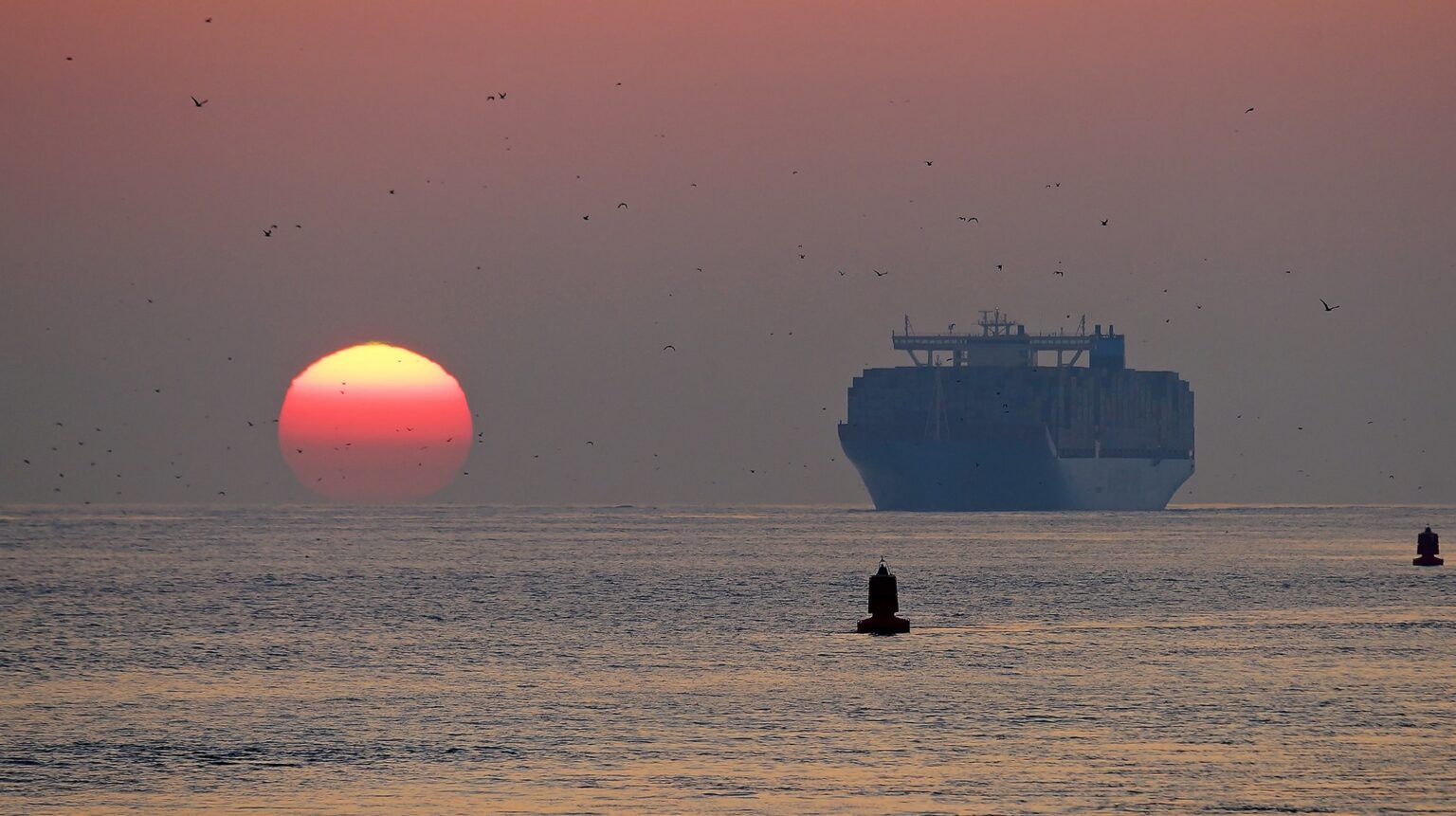There’s a lot at stake for container lines’ 2024 bottom lines in the last few weeks of 2023. If lines can’t push up spot rates very soon, next year’s annual contract rates will reset much lower versus this year’s.
That scenario — which would have a very negative financial effect on liners — looks increasingly likely. Time is running out for a fourth-quarter rebound, and indexes show spot rates falling, not rising.
Shipping lines’ attempts to use general rate increases (GRI) this month to improve their negotiating hand for annual contract resets have failed. They have one last chance in December, but their track record of getting GRIs to stick has been poor.
Maersk CEO Vincent Clerc bluntly laid out the worst-case scenario during a conference call on Nov. 3: “If nothing has happened to the spot market during the [fourth] quarter, it would not be the trough, because that will mean there is a reset of [2024] contract levels down to those levels.”
He noted that there is a significant gap between contract rates signed earlier this year — which are about to reset — and current spot rates.
What happens in the current quarter with spot rates will have “a profound impact on what 2024 is going to look like,” Clerc continued. “If Q4 is not delivering some type of improvement, I think we’re looking at a pretty dire situation in 2024.”
Spot rates fall back again
The global composite of Drewry’s World Container Index (WCI) fell 6% in the week ending Thursday versus the prior week, to $1,384 per forty-foot equivalent unit. The global composite has given back all of its gains since the beginning of Q4 and is now down 1% versus Oct. 1.
All but one of the main east-west trade lanes is down from the beginning of the quarter, the Shanghai-Rotterdam lane being the exception.
Even in that lane, rates are declining. The WCI’s Shanghai-Rotterdam assessment was at $1,148 per FEU on Thursday, still up 9% from the beginning of the quarter but down 10% from the recent high on Nov. 9.
Shanghai-Los Angeles spot rates showed signs of life earlier this month but gave back the last of their quarter-to-date gains in the most recent week.
The WCI assessment of Shanghai-Los Angeles spot rates was $2,000 per FEU in the week ending Thursday, down 13% from the recent high in the week ending Nov. 9 and down 1% from the beginning of the fourth quarter.
Recovery not expected until 2025
If Asia-Europe annual contracts reset in the vicinity of Q4 spot rates starting in January, and if Asia-U.S. contract rates don’t improve — or fall further — when they reset in May, container lines would face steep losses in 2024, particularly given that costs are up 25-30% versus pre-COVID levels.
Container lines are still flush with cash from the COVID-era boom, so they should be able to weather the cash burn next year. But what if steep losses continue through 2025 or even 2026?
Clarksons Securities analyst Frode Mørkedal ran the numbers of Zim (NYSE: ZIM) in a client note on Wednesday. “Our analysis indicates that Zim’s quarterly cash burn rate is approximately $300 million, suggesting that its existing cash reserves could sustain operations for about nine quarters, or roughly 2.3 years.
“This duration should be sufficient to weather market challenges at least through 2025,” wrote Mørkedal.
“The key factor that could signal a market turnaround is a policy shift among liner companies, particularly in terms of profitability focus and ship capacity reduction.
“The main issue, in our opinion, is ship overcapacity rather than future demand,” Mørkedal continued. “We anticipate that a pivotal response to the current overcapacity issue will be implemented in 2024, with the goal of raising freight rates, potentially marking a significant turning point in the industry.
“The critical juncture at which fleet growth aligns with trade growth could occur around October 2025, implying a two-year contraction phase,” said Mørkedal.
However, that timeline assumes liners make the necessary capacity adjustments next year, whether through slow steaming, ship idling, scrapping and/or service cancellations.
Many pundits and industry executives expected shipping lines to make the necessary capacity adjustments this year. They haven’t. Scrapping and ship idling have been much lower than predicted.
Not only have liner companies not withdrawn older ships, they’re still ordering new ships. According to shipbroker reports, Ocean Network Express (ONE) just sealed an order for 12 newbuildings for deliveries in 2025 and 2026. The 13,000-twenty-foot-equivalent-unit vessels will be capable of using methanol as fuel, and the new series will have an aggregate price tag of just under $2 billion, according to Alphaliner.
Reference : https://www.freightwaves.com/news/dire-scenario-for-shipping-lines-more-likely-as-spot-rates-fall-back

